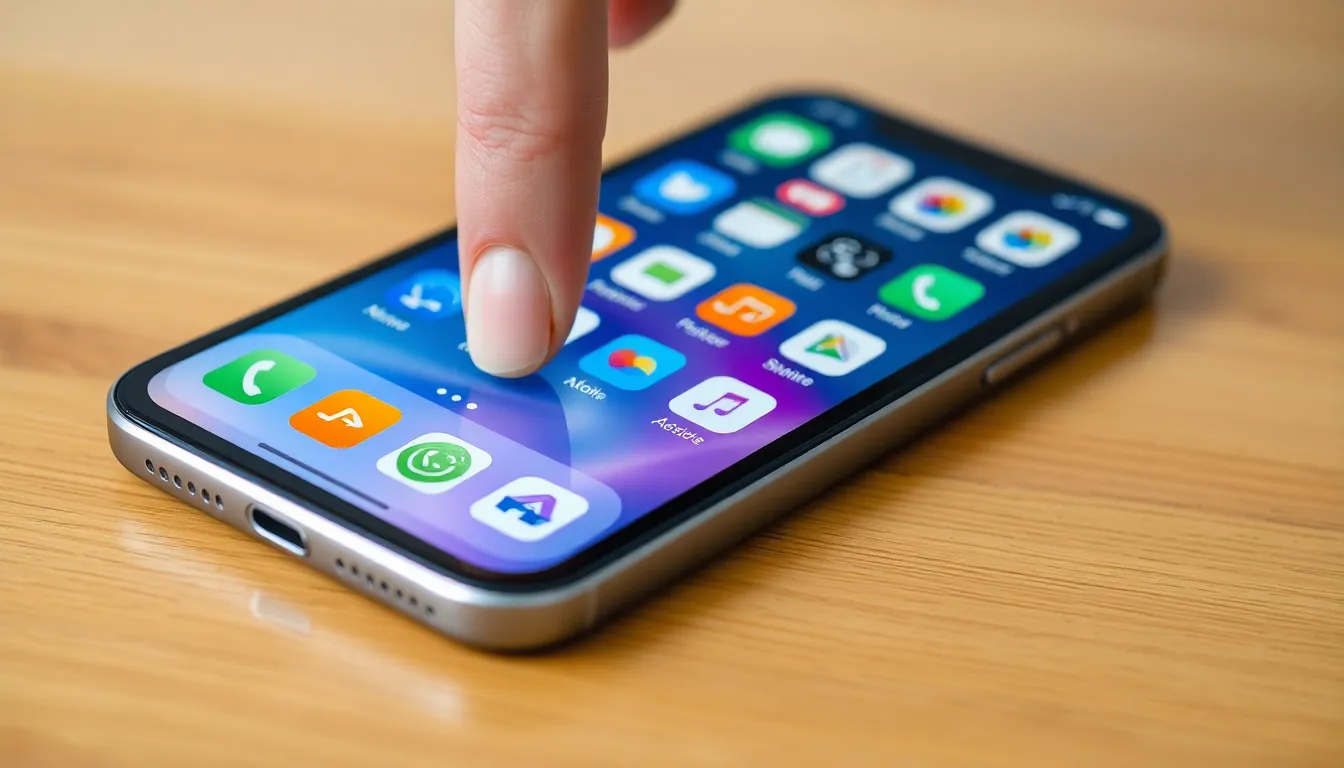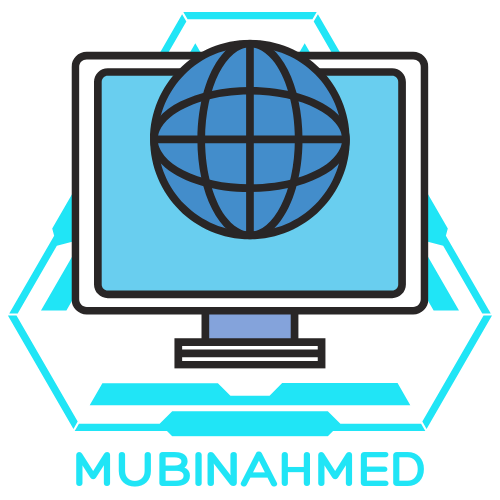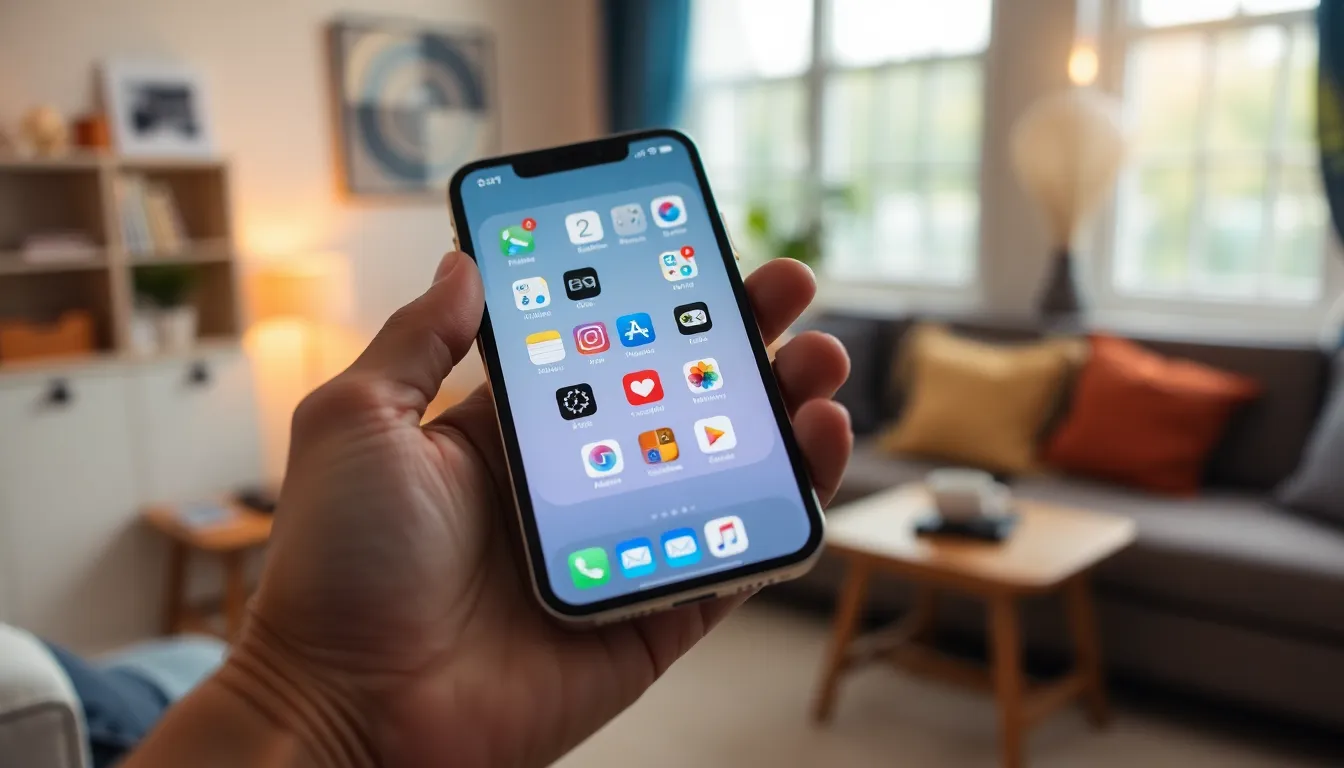Is your iPhone cluttered with apps you never use? You’re not alone! Many find themselves drowning in a sea of unused icons, each one silently mocking your attempts at digital minimalism. Thankfully, deleting those pesky apps is easier than finding a good Wi-Fi signal in a coffee shop.
Table of Contents
ToggleUnderstanding App Deletion
Managing apps on an iPhone is crucial for maintaining optimal performance and user experience. Decluttering reduces distractions, enhances device speed, and frees up storage space for essential applications.
Importance of Managing Apps
Managing apps plays a key role in a smooth device experience. Keeping only necessary apps allows for faster navigation through the home screen. Deleting unused apps can also improve battery life, as inactive applications may run in the background. Users find higher performance when fewer apps occupy the device’s memory. Regular app management contributes to easier organization too, enabling users to focus on the apps they rely on most.
Potential Risks of Deleting Apps
Deleting apps carries potential risks that users should consider. Users might lose important data or valuable information tied to an app if they do not back it up before deletion. Some applications, like social media platforms, may contain valuable contacts or messages that are not retrievable once removed. Performance issues may arise if essential apps, linked to device functions, are unintentionally deleted. Users should carefully evaluate apps before taking the step to ensure they do not compromise their iPhone experience.
Methods to Delete Apps on iPhone

Deleting apps on an iPhone can simplify navigation and improve performance. Several methods exist for users to choose from, making the process easy and efficient.
Deleting Apps from the Home Screen
Holding down an app icon activates the options to delete. Tapping “Remove App” then opens two choices: “Delete App” or “Remove from Home Screen.” Selecting “Delete App” permanently removes the app and its data from the device. Users can also tap the minus sign on the app icon for a quicker method to delete. This direct approach offers an immediate view of the apps available for removal, making the decision process straightforward.
Using the App Store
Accessing the App Store allows users to manage their applications effectively. By navigating to the “Updates” tab, the user can find an option for purchased apps. Tapping on the account icon reveals a list of downloaded apps. Each app features a delete option if it is no longer needed. Utilizing this method keeps app management centralized within the App Store, ensuring clarity on what’s downloaded.
Removing Apps through Settings
Settings provide another avenue for app deletion. Within Settings, scrolling down to “General” reveals an option labeled “iPhone Storage.” This section lists all installed apps sorted by the storage they use. Tapping an app prompts the user to delete it along with confirming any data removal. This method empowers users with insight into space usage while simplifying the app management process.
Options After Deletion
After deleting an app, users have several options, including reinstalling it if needed. This can easily restore the app without losing any associated data, depending on the app’s configuration.
Reinstalling Deleted Apps
Reinstalling apps from the App Store is a seamless process. Users can open the App Store, tap on the account icon at the top right corner, and select “Purchased.” From there, they can find the deleted app and tap the download icon. Many apps retain user data as long as the data is stored in the cloud or linked to an account. This feature ensures that previously available information isn’t lost during the deletion process.
Managing Space and Storage
Managing space and storage becomes vital after app deletion. Users can navigate to “Settings,” then “General,” and choose “iPhone Storage” to view available space. This section displays which apps occupy the most storage, helping prioritize which apps to keep or remove. Users can also enable “Offload Unused Apps,” allowing the device to remove apps not actively used while preserving data. This option optimizes storage without permanently deleting essential app data.
Tips for Efficient App Management
Efficient management of apps streamlines the iPhone experience. By organizing apps into folders and utilizing features like offloading, users can maintain a clutter-free device.
Organizing Apps into Folders
Creating folders helps categorize and locate apps quickly. Users can group similar apps, such as social media or productivity, making navigation intuitive. Tapping and holding an app icon allows for easy dragging into a new or existing folder. Additionally, naming folders based on their function enhances organization. This method reduces screen clutter, ultimately facilitating a more efficient access pattern for users.
Using Offload Feature
The Offload feature provides users a way to free up storage without losing app data. Enabling offload in settings allows the device to automatically remove apps not actively used. When users choose to offload an app, it clears the app itself but retains documents and data. Downloading the app again will reinstate these files seamlessly. This feature aids in maintaining overall device performance while optimizing storage capacity.
Deleting apps off an iPhone can significantly enhance the user experience. By removing unnecessary clutter users can improve device performance and streamline navigation. This process not only frees up storage space but also reduces distractions, leading to a more focused digital environment.
Users should take care to evaluate which apps to delete and consider potential data loss. Utilizing features like “Offload Unused Apps” can provide a balanced approach to storage management without permanently losing important information.
With the outlined methods for deletion and organization tips, users are well-equipped to maintain a tidy and efficient iPhone. Embracing these practices can lead to a more enjoyable and productive mobile experience.




